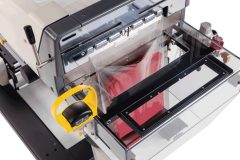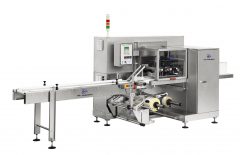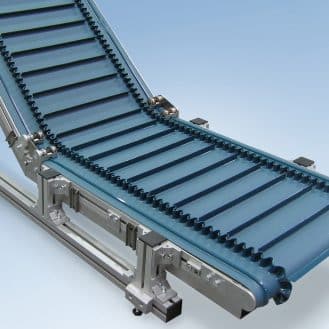
Automated Packaging Systems bagging machine
In order to choose the right bagging machine, you will need to determine what type of product you need the machine for. There are bagging machines for liquids, solids, powders, gels, creams, etc. You will also need to define the material of the packaging you want to use, for example polyethylene or PVC film, and whether it is shrink wrap or not.
You will also need to ask yourself about throughput:
- The filling capacity per minute, i.e. the number of bags or sachets per minute.
- The filling capacity per bag or sachet in milliliters, liters, grams or kilos.
You will then need to define the type of packaging that your product requires:
- The dimensions of the bag or sachet which depend on the volume of the product to be bagged.
- The shape of the initial packaging product, for example a plastic roll or preformed bags.
Finally, you will need to determine the type of sealing, i.e. whether the bagging process requires a one, two, three or four-sided seal, which depends on the initial shape of the packaging product:
- A pre-formed bag requires a seal on one side. The filling before sealing can be manual or automatic.
- Tubular packaging requires sealing on two sides. The product to be packaged must be introduced into a sheath before sealing and cutting it. This type of bag can be used for manual bagging or for fully automatic operation with a form fill seal (FFS) bagging machine.
- A roll of flat or backfolded film requires a three-sided seal. For liquids or powders, the bag or sachet is sealed on two sides before filling, then the last side is sealed and possibly cut.
- A four-sided seal can be made from two reels or from a single reel with the film cut in half. With a horizontal bagging machine, the product to be packaged is placed on the bottom film before the top film is applied and sealed on all four sides (e.g. for tea bags). With a vertical bagging machine, the two parts of the film are sealed on three sides before filling, then the fourth side is sealed and finally cut.








